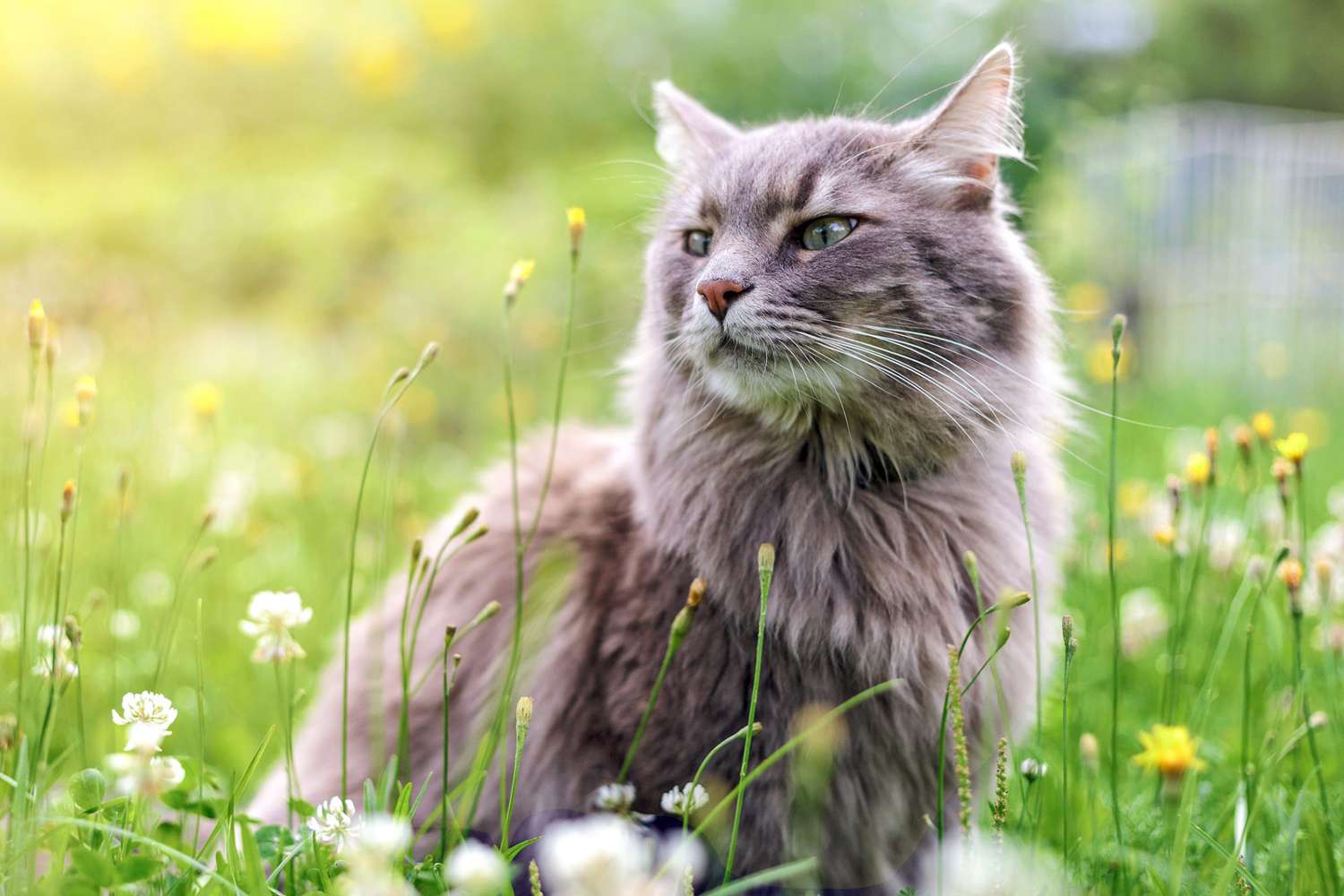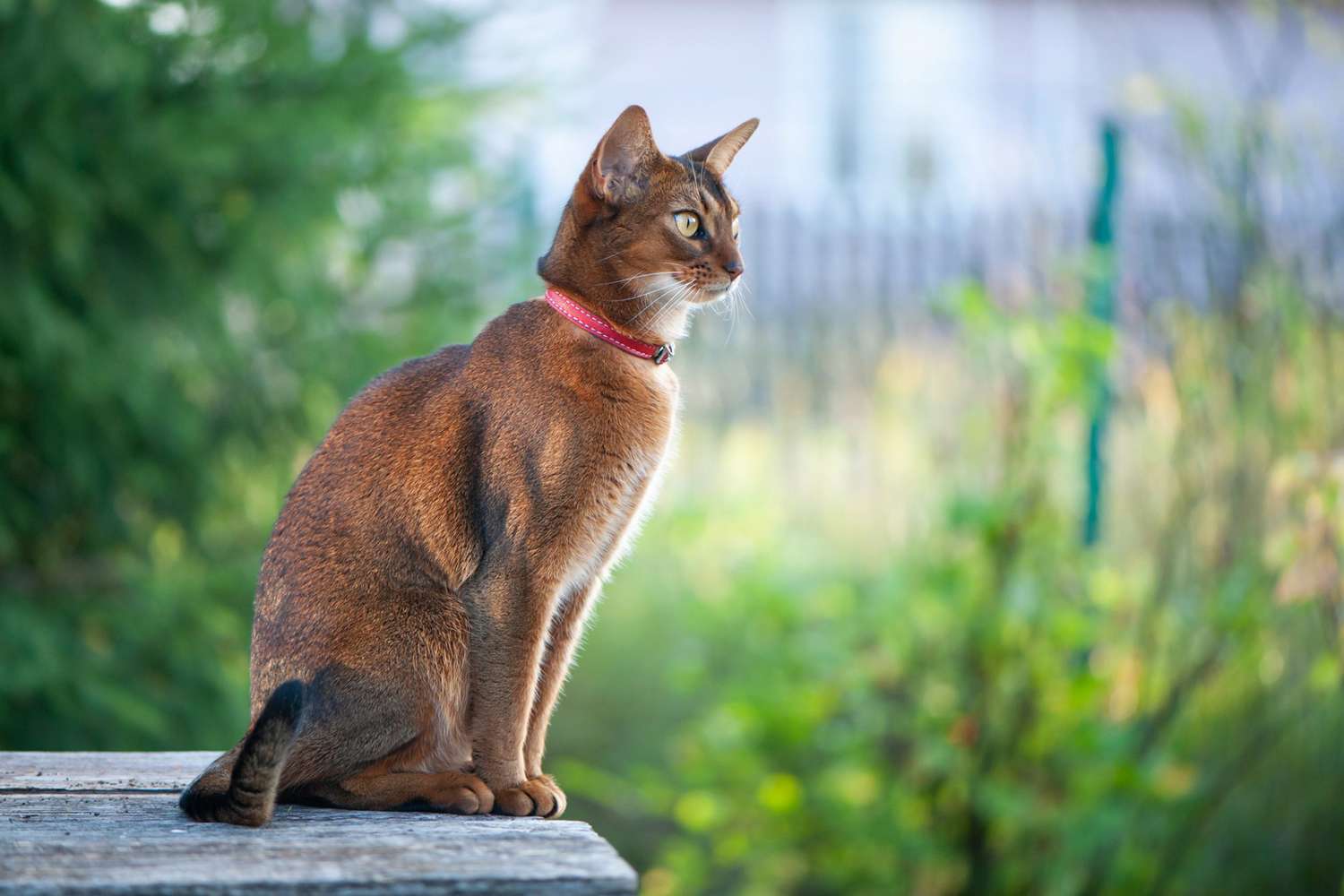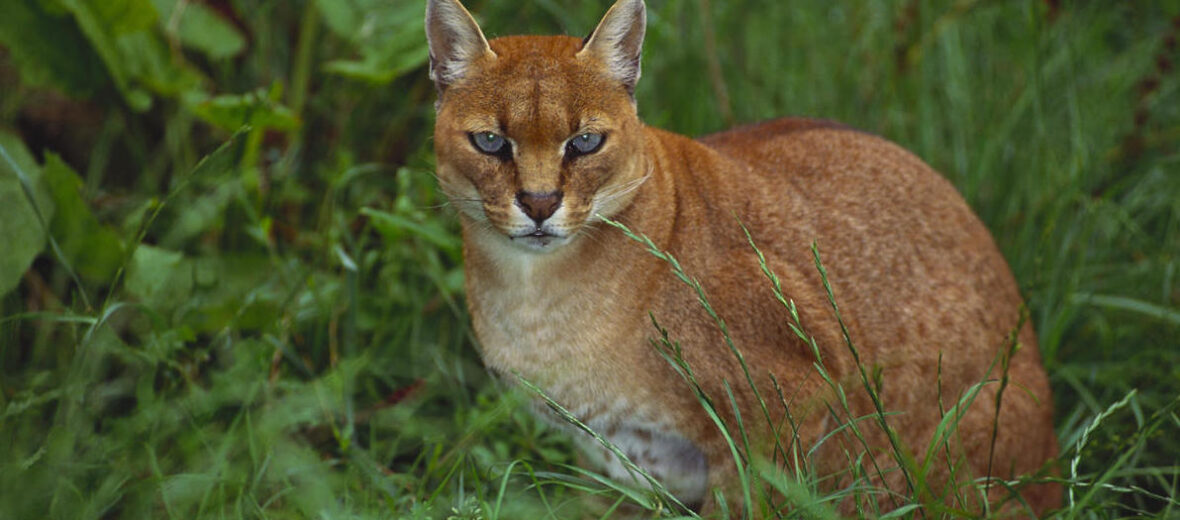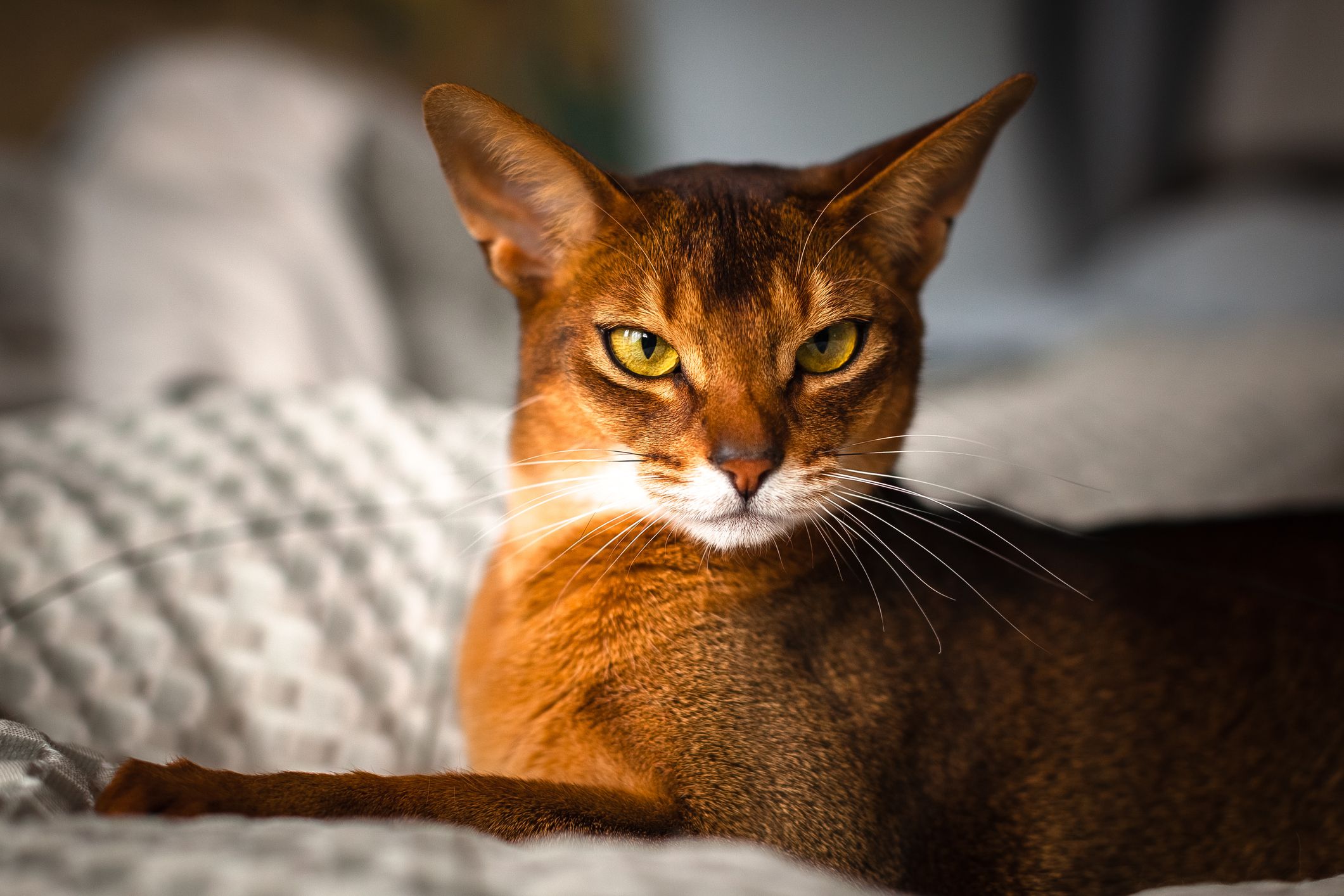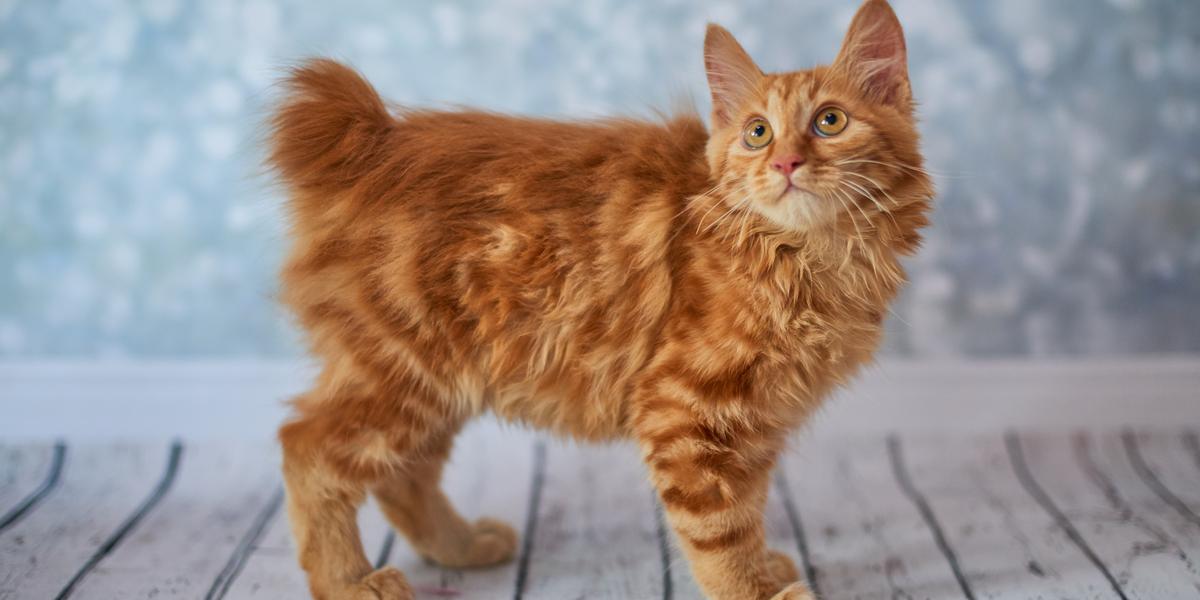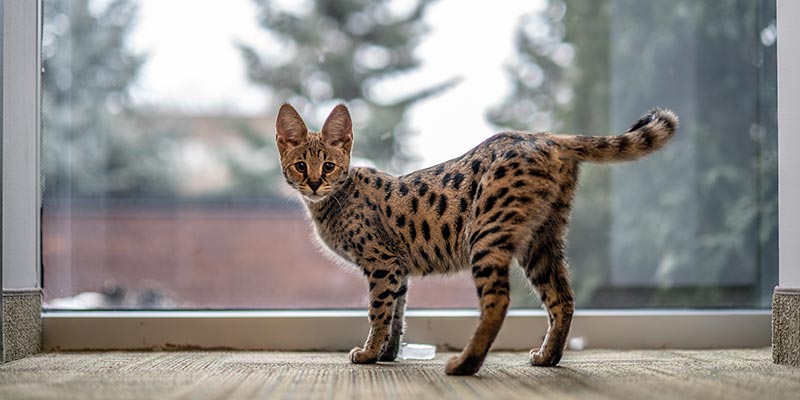Big cats are a group of large-bodied felids that belong to the subfamily Pantherinae. They are found around the world in habitats as varied as mangrove swamps in India to wooded forests in the western U.S. Most big cats are members of the genus Panthera, including the lion, tiger, jaguar, leopard, and snow leopard.
Cheetahs, which do not have retractable claws, are in their own genus, called Acinonyx. In this article, we will explore the different types of big cats, their characteristics, and where they can be found in the wild.
You are reading: 9 Types Of Big Cats
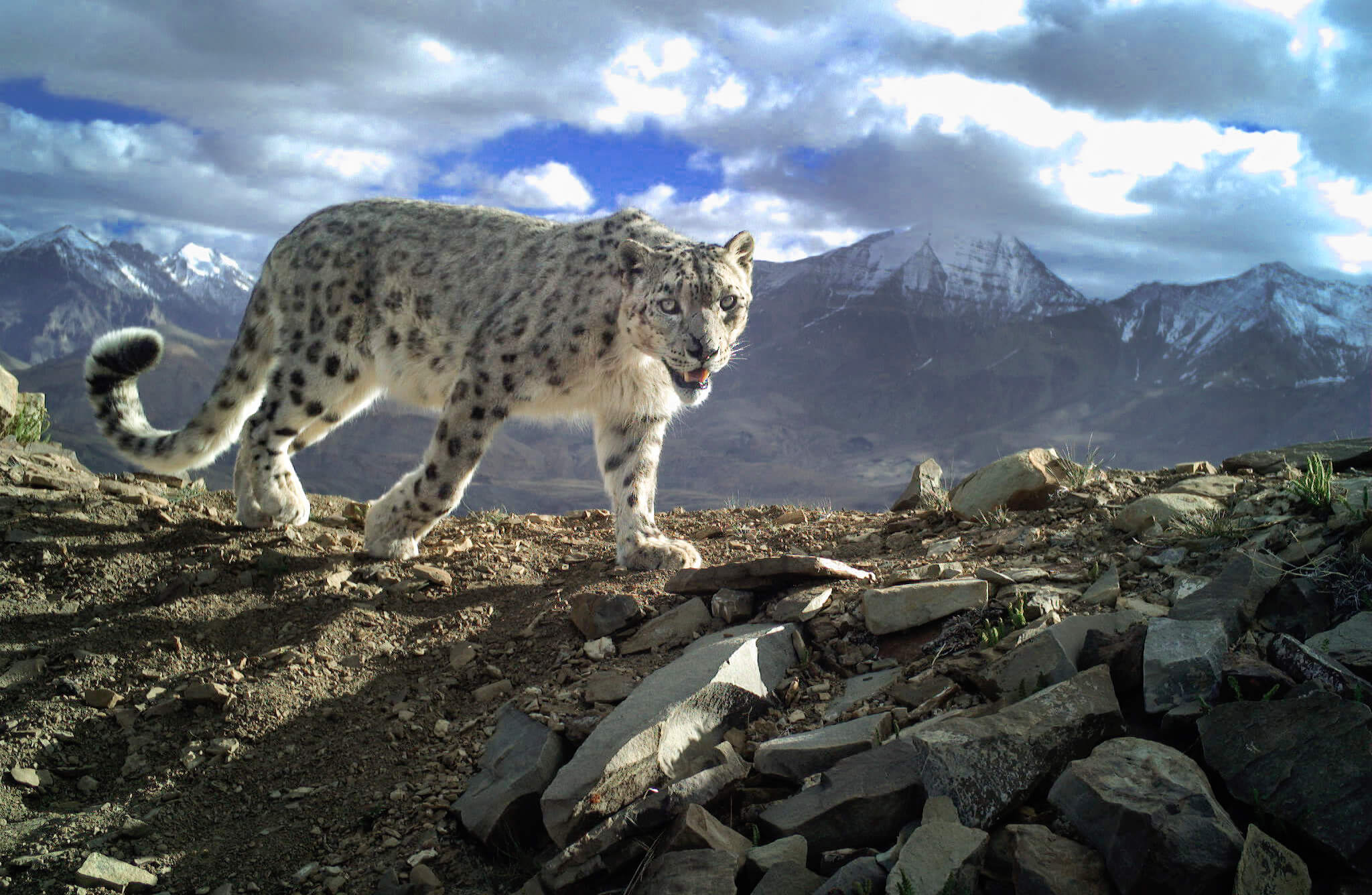
9 Types Of Big Cats
Lion

The lion (Panthera leo) is a large cat of the genus Panthera native to Africa and India. It is sexually dimorphic, with adult male lions being larger than females and having a prominent mane.
Lions are the only big cats that live in groups, called prides, which consist of a few adult males, related females, and cubs. Lionesses hunt together, bringing down large prey like wildebeests and zebras. Lions are muscular, broad-chested cats with short, rounded heads, reduced necks, and round ears. The fur varies in color from light buff to silvery grey, yellowish red, and dark brown.
The colors of the underparts are generally lighter. A newborn lion has dark spots, which fade as the cub reaches adulthood, although faint spots often may still be seen on the legs and underparts.
Lions continue to appear in modern literature as characters, including the messianic Aslan in the 1950 novel The Lion, the Witch and the Wardrobe and The Chronicles of Narnia series by C. S. Lewis, and the comedic Cowardly Lion in L. Frank Baum’s 1900 The Wonderful Wizard of Oz.
Lion symbolism was used from the advent of cinema; one of the most iconic and widely recognized lions is Leo, which has been the mascot for Metro-Goldwyn-Mayer studios.
Tiger
The tiger (Panthera tigris) is the largest living cat species and a member of the genus Panthera. It is most recognizable for its dark vertical stripes on orange fur with a white underside. There are eight recognized subspecies of tigers, including the Siberian tiger, Bengal tiger, Indochinese tiger, and South China tiger.
Tigers are powerful animals with short, thick necks, broad shoulders, and massive forelimbs, ideal for grappling with prey while holding on with long retractable claws and broad forepaws. They are solitary hunters and rely primarily on sight and sound rather than smell for hunting.
Tigers are apex predators and primarily prey on ungulates, such as deer and wild boar. They are territorial and require large contiguous areas of habitat to support their requirements for prey and rearing of their offspring.
Tigers are endangered throughout their range, which stretches from the Russian Far East through parts of North Korea, China, India, and Southeast Asia to the Indonesian island of Sumatra. Conservation efforts are underway to protect this species and secure its future in the wild.
Jaguar
The jaguar (Panthera onca) is a large cat species and the only living member of the genus Panthera native to the Americas. It is the biggest cat species in the Americas and the third largest in the world, exceeded in size only by the tiger and the lion.
Jaguars have a compact and muscular body, with a stocky build and a big head. They have a golden-brown coat with clusters or groups of black spots that look like rosettes. The spot pattern is a small group of spots circled by a larger group of spots. They have single spots on their head, legs, and tail, and white fur on their undersides, chest, and under their nose.
Read more : Burmese Cats Breed: Everything that You Should Know
Jaguars are solitary hunters and will pursue almost any kind of animal prey within their range, with their favorite being the peccary and the capybara. They differ from all the other cats in their method of killing, as they pierce the skulls of their prey with their canines, demonstrating the amazing strength of their powerful jaws.
Jaguars play a vital role in their habitat by controlling other species’ populations and helping maintain a healthy ecosystem. Unfortunately, their populations continue to decline due to deforestation and agricultural activities, resulting in reduced and even extinct jaguar populations in some countries.
Conservation efforts are underway to protect this species and secure its future in the wild.
Leopard
The leopard (Panthera pardus) is a large cat species and one of the five extant species in the genus Panthera. It has a pale yellowish to dark golden fur with dark spots grouped in rosettes. Its body is slender and muscular, reaching a length of 92–183 cm (36–72 in) with a 66–102 cm (26–40 in) long tail and a shoulder height of 60–70 cm (24–28 in).
Males typically weigh 30.9–72 kg (68–159 lb), and females 20.5–43 kg (45–95 lb). Leopards are solitary and elusive animals, and they are known for their ability to climb trees, even with their prey. They are opportunistic hunters and prey on a wide range of animals, including antelopes, deer, monkeys, and birds.
Leopards are found in a variety of habitats, including forests, grasslands, and deserts, and they are distributed throughout Africa and Asia. There are nine recognized subspecies of leopards, including the African leopard, Indian leopard, and Amur leopard.
Unfortunately, their populations continue to decline due to habitat loss, poaching, and human-wildlife conflict, resulting in reduced and even extinct leopard populations in some countries. Conservation efforts are underway to protect this species and secure its future in the wild.
Snow Leopard

The snow leopard (Panthera uncia), also known as the ounce, is a large cat species native to the mountain ranges of Central and South Asia. It is listed as Vulnerable on the IUCN Red List because the global population is estimated to number fewer than 10,000 mature individuals and is expected to decline about 10% by 2040.
Snow leopards are perfectly adapted to the cold, barren landscape of their high-altitude home, but human threats have created an uncertain future for the cats. Despite a range of over 2 million km2, scientists estimate that there may only be between 3,920 and 6,390 snow leopards left in the wild.
Here are some interesting facts about snow leopards:
– Snow leopards are solitary and highly elusive animals.
– They are crepuscular, meaning that dawn and dusk are the cat’s most active times.
– Some snow leopards have home ranges of up to 1,000 square kilometers.
– For about 18 months, females raise their cubs all alone.
– The snow leopard primarily lives in arid, barren mountain areas.
– Snow leopards are not known to be aggressive toward humans.
– The cat’s main prey are ibex, argali, and blue sheep.
Conservation efforts are underway to protect this species and secure its future in the wild.
Clouded Leopard

The clouded leopard (Neofelis nebulosa) is a wild cat species that inhabits dense forests from the foothills of the Himalayas through Northeast India and Bhutan to mainland Southeast Asia into South China. Here are some interesting facts about clouded leopards:
– Clouded leopards are medium-sized cats with a stocky build and short legs.
– They have a distinctive coat pattern with large dusky-grey blotches and irregular spots and stripes reminiscent of clouds.
– Clouded leopards are arboreal and have the ability to climb trees with ease.
– They are opportunistic hunters and prey on a wide range of animals, including birds, squirrels, monkeys, and wild pigs.
– Females give birth to a litter of 2 to 4 cubs after a gestation period of about 85 to 93 days.
– The clouded leopard is not closely related to the leopard, and the Bornean clouded leopard (Neofelis diardi) is a separate species found on Sumatra, Borneo, and the Batu Islands.
– The behavior of the clouded leopard in the wild is virtually unknown to humans because of the animal’s reclusive nature.
Unfortunately, clouded leopards are threatened by habitat loss, poaching, and human-wildlife conflict, resulting in reduced and even extinct populations in some countries. Conservation efforts are underway to protect this species and secure its future in the wild.
Sunda Clouded Leopard
Read more : 10 Types Of Wild Cats
The Sunda clouded leopard (Neofelis diardi) is a medium-sized wild cat native to Borneo and Sumatra. It was classified as a separate species, distinct from the clouded leopard in mainland Southeast Asia based on a study in 2006.
The Sunda clouded leopard is listed as Vulnerable on the IUCN Red List since 2015, as the total effective population probably consists of fewer than 10,000 mature individuals, with a decreasing population trend.
The Sunda clouded leopard has smaller markings and greyer fur than the clouded leopard in mainland Southeast Asia. Its greyish coat has cloud-like patterns that are of darker color than the background. The Sunda clouded leopard is strongly arboreal and is restricted to the islands of Borneo and Sumatra.
Unfortunately, their populations continue to decline due to deforestation, poaching, and human-wildlife conflict, resulting in reduced and even extinct populations in some countries. Conservation efforts are underway to protect this species and secure its future in the wild.
Cheetah
The cheetah (Acinonyx jubatus) is a large cat species with a tawny to creamy white or pale buff fur that is marked with evenly spaced, solid black spots. Here are some interesting facts about cheetahs:
Physical Characteristics:
– Cheetahs have a small and rounded head, with a short snout and black tear-like facial streaks.
– They reach 67–94 cm (26–37 in) at the shoulder, and the head-and-body length is between 1.1 and 1.5 m (3 ft 7 in and 4 ft 11 in).
– Adults weigh between 21 and 72 kg (46 and 159 lb).
Behavior and Ecology:
– Cheetahs are the fastest land animal, capable of running at 80 to 98 km/h (50 to 61 mph).
– They are diurnal and hunt during the day.
– Cheetahs are solitary hunters and rely on their speed and agility to catch prey, which includes gazelles, impalas, and other small to medium-sized ungulates.
– They are found in a variety of habitats, including grasslands, savannas, and semi-deserts, and are distributed throughout Africa and Iran.
Conservation:
– Cheetahs are listed as Vulnerable on the IUCN Red List due to habitat loss, poaching, and human-wildlife conflict.
– There are five recognized subspecies of cheetahs, including the Northwest African cheetah and the East African cheetah.
– Conservation efforts are underway to protect this species and secure its future in the wild.
Cougar
The cougar (Puma concolor), also known as the puma, mountain lion, catamount, or panther, is a large cat native to the Americas. Although they are not technically grouped with the “true” big cats, as they are slightly smaller than other big cats, they are still considered a big cat.
Here are some interesting facts about cougars:
Physical Characteristics:
– Cougars have a small and rounded head, with a short snout and black tear-like facial streaks.
– They reach 67–94 cm (26–37 in) at the shoulder, and the head-and-body length is between 1.1 and 1.5 m (3 ft 7 in and 4 ft 11 in).
– Adults weigh between 21 and 72 kg (46 and 159 lb).
– The coat is typically tawny, but it otherwise ranges from silvery-grey to reddish with lighter patches on the underbody, including the jaws, chin, and throat.
– Infants are spotted and born with blue eyes and rings on their tails; juveniles are pale, and dark spots remain on their flanks.
Behavior and Ecology:
– Cougars are solitary hunters and rely on their stealth and agility to catch prey, which includes deer, elk, and other small to medium-sized ungulates.
– They are found in a variety of habitats, including forests, grasslands, and deserts, and are distributed throughout North and South America.
– Cougars are not known to be aggressive toward humans, but they can be dangerous if provoked or cornered.
Conservation:
– Cougars are listed as Least Concern on the IUCN Red List, but some subspecies are listed as Endangered under the Endangered Species Act.
– Conservation efforts are underway to protect this species and secure its future in the wild.
FAQS
1. What are the 9 types of big cats?
The 9 types of big cats are lion, tiger, jaguar, leopard, snow leopard, clouded leopard, Sunda clouded leopard, cheetah, and cougar.
2. What is the difference between big cats and small cats?
Big cats are members of the genus Panthera, while small cats are members of the Felis genus. Big cats are generally larger and more muscular than small cats, and they are known for their ability to roar.
3. What is the largest big cat?
The Siberian tiger is the largest big cat, weighing up to 930 pounds and stretching more than 10 feet nose to tail.
4. Are big cats endangered?
Yes, many big cat species are endangered due to habitat loss, poaching, and human-wildlife conflict.
5. What is the difference between a jaguar and a leopard?
Jaguars are found in the Americas, while leopards are found in Africa and Asia. Jaguars have a stockier build and a larger head than leopards, and their spots are more complex and often have a dot in the center.
6. What is the difference between a cheetah and a leopard?
Cheetahs have a slender build and long legs, while leopards have a stockier build and shorter legs. Cheetahs have solid black spots, while leopards have rosette-shaped spots.
7. What is the difference between a cougar and a mountain lion?
Cougar and mountain lion are two names for the same species, Puma concolor. They are not technically grouped with the “true” big cats, as they are slightly smaller than other big cats, but they are still considered a big cat.
8. What is the difference between a clouded leopard and a Sunda clouded leopard?
The clouded leopard is found in mainland Southeast Asia, while the Sunda clouded leopard is found on the islands of Borneo and Sumatra. The Sunda clouded leopard has smaller markings and greyer fur than the clouded leopard in mainland Southeast Asia.
9. How can I help protect big cats?
You can help protect big cats by supporting conservation organizations, avoiding products made from big cat parts, and spreading awareness about the importance of protecting these magnificent animals.
Source: https://petstutorial.com
Category: Cats


